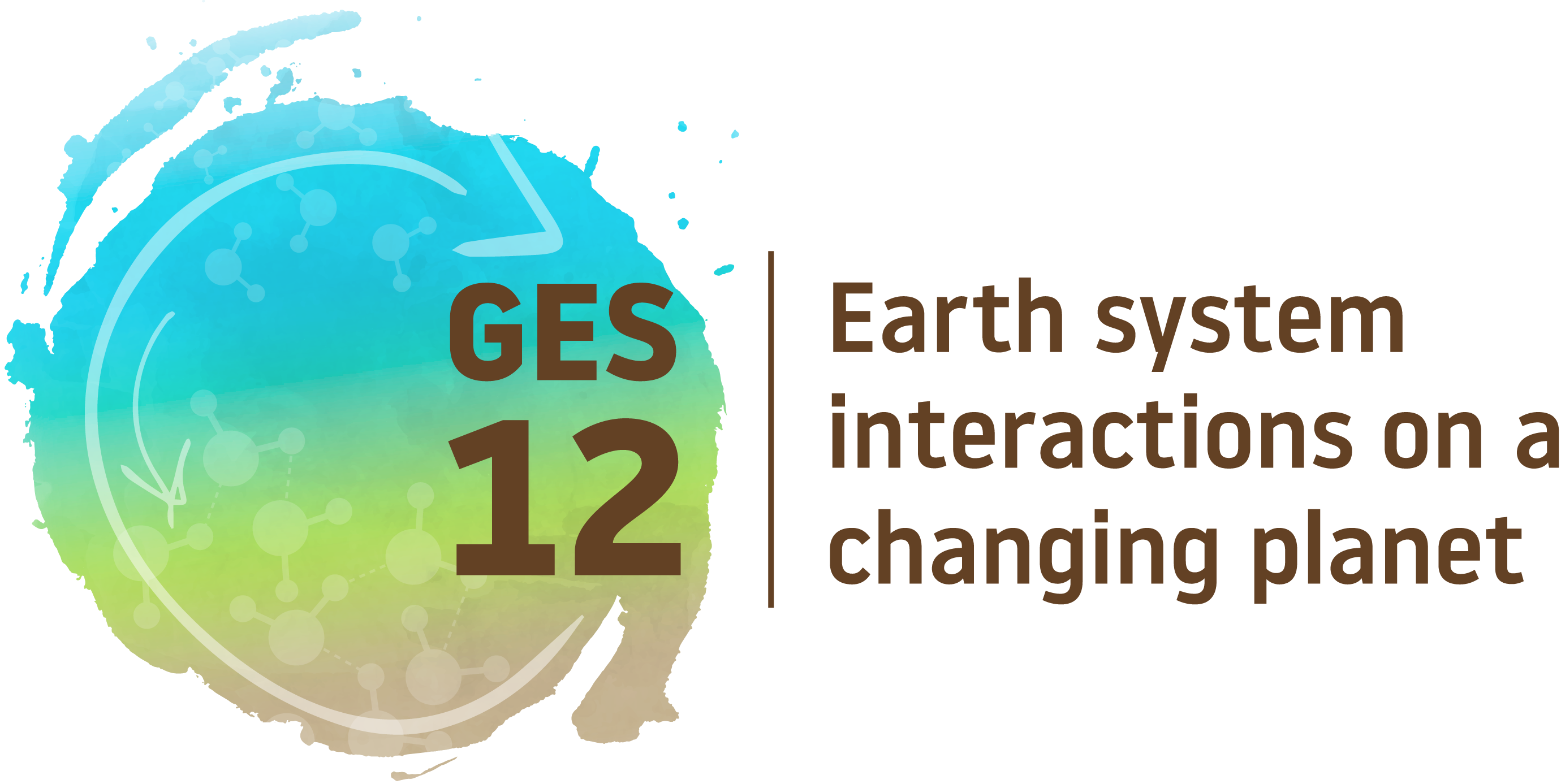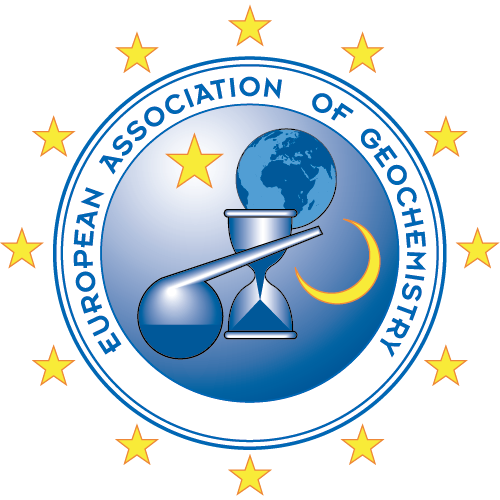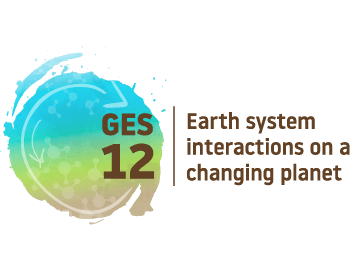
Themes
GES12 integrates research across the Earth’s spheres: the lithosphere, hydrosphere, atmosphere and biosphere and focuses on the dynamic interaction between all these Earth systems. These strong connections are reflected in the eight themes described below – each of them encompassing research at the forefront of Earth system science.
Speakers: Prof. Dr. Bernard Marty // Prof. Dr. Jürg Schweizer // Prof. Dr. Heather Stoll
Interactions between the planet’s solid surface and its interior, the biosphere, the atmosphere and the cryosphere determine conditions for abiotic dynamics and life on Earth, and have continuously changed throughout times on various space and timescales. Changes range from continental drifts, solar irradiance variability, and concomitant ice accumulation and sea level modulations, periods of enhanced volcanism, all the way to anthropogenic global change, in particular with respect to present and future climate. This session features contributions on these variable interactions, including their impact on the whole planet in general and on terrestrial life in particular.
Speakers: Prof. Dr. Jack Middelburg // Prof. Dr. Elsie Sunderland // Prof. Dr. Richard Zeebe
Biogeochemical cycles of major elements, e.g., C, N and S, and trace elements, e.g., halogens, metals and metalloids, play a major role in environmental (e.g., ecosystem health), climatic (e.g. greenhouse gases, tropospheric ozone removal) and/or geological processes (e.g. weathering, CO2 sequestration). In this session we welcome exciting research contributions that give new insights on biogeochemical cycling of major and trace elements in all Earth’s surface compartments – air, soil and water. This session includes fundamental research on transport pathways and on elemental cycles under climatic and environmental change, field, laboratory and theoretical studies at scales ranging from molecular to global as well as advances in analytical techniques and model-based approaches.
Speakers: Prof. Dr. Hans-Peter Grossart // Prof. Dr. Marcel Kuypers // Prof. Dr. Ros Rickaby
Microbial metabolic activity involves millions of interactions between the environment and microbes, shaping the geochemistry of the Earth’s surface. Over the last decades, biogeochemical research has led to an advanced understanding of the microbial players, pathways, and interlinks between various element cycles, with multiple discoveries of new types of microbes and metabolisms of evolutionary significance. This session focuses on the application of geochemical, isotopic and molecular tools that allow new insights into novel biogeochemical pathways in “redox-transitional” environments, the organisms that perform them, as well as their eco-physiology, today and in the past.
Speakers: Prof. Dr. Donald E. Canfield // Prof. Dr. Woodward Fischer // Prof. Dr. Zunli Lu
It has long been recognized that we cannot understand our planet’s history without understanding how organisms have influenced, and have been influenced by, the Earth’s environment. This session presents new approaches and new records reconstructing the co-evolution of Earth and life since its appearance on our planet such as reconstructions of the history of the oxygenation of the atmosphere, of marine chemistry and of biological evolution across major extinctions and radiation events.
Speakers: Prof. Dr. Klervia Jaouen // Prof. Dr. Yan Zheng
Geochemistry plays a key role in human health. For example, geochemical processes can lead to uneven environmental distributions of trace elements in aqueous systems, soils and food, resulting in trace element toxicity and deficiency. Also, geochemical methods are increasingly developed and used for medical research. This session is focused on all fields of research linking geochemistry to health and life sciences, including studies of processes controlling trace element pathways in the environment and into organisms, analytical advances in trace element speciation in biological materials, as well as studies of human samples using geochemical methods.
Speakers: Prof. Dr. Gideon Henderson // Prof. Dr. Catherine Jeandel
The oceanic dissolved reservoir of major and trace elements supported the first life on our planet, and continues to support almost half the photosynthesis on Earth today. This session will highlight new tools and ideas in this field, including those emanating from the GEOTRACES program. Research will be featured that seeks to understand the importance of interfaces with other compartments of the surface Earth – the lithosphere, the atmosphere and the biosphere – as sources, sinks and drivers of internal cycling.
Speakers: Prof. Dr. Karim Benzerara // Prof. Dr. Rizlan Bernier-Latmani // Dr. Tomaso Bontognali
Microbial life occupies about every ecological niche in the environment and influences a very large variety of processes. In this session we aim to explore the couplings and feedback mechanisms between microbial activity and mineral formation and dissolution at different temporal and spatial scales. This includes research exploring microbe-mineral interactions with an interdisciplinary perspective in natural environments, as well as biotechnological applications such as for the extraction and recovery of metals.
Speakers: Prof. Dr. Suzanne Anderson // Dr. Sophie Cornu // Prof. Dr. Paul Hallett
During almost 20 years since its foundation, Critical Zone science has developed a worldwide network of researchers and observatories promoting a new, integrated and multidisciplinary study of Earth’s living skin. In this session latest results on the characterization, evolution and functioning of the critical zone and visions on the future development of critical zone science are discussed.








